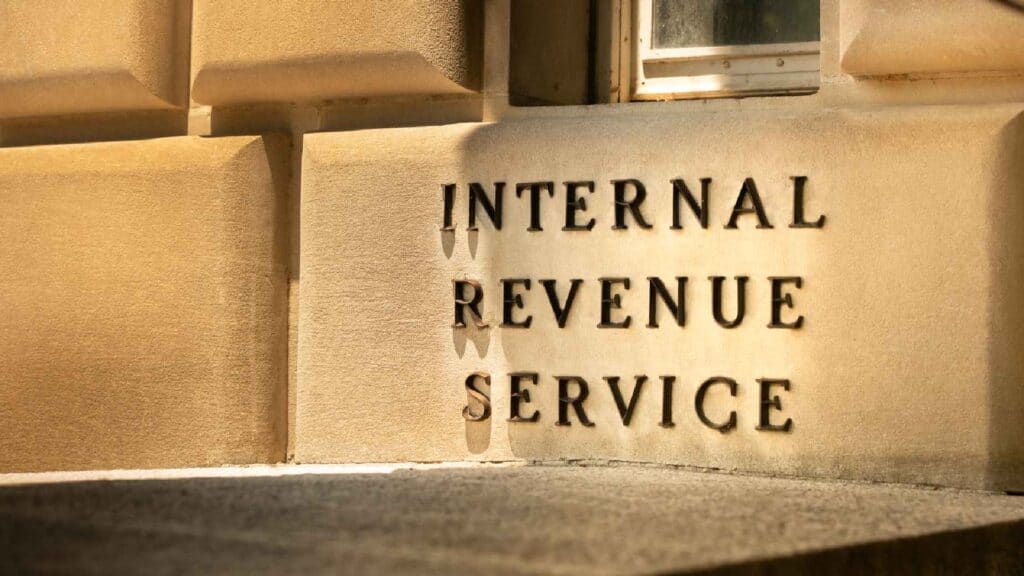Saving for retirement is now more important than ever, but with so many options and required minimum distributions (RMDs) being modified, knowing which option is best for you can get complicated. In the majority of options that are marketed explicitly as savings for retirement, you can defer taxes (like in an IRA or 401(K)), but that does not mean that you will not have to pay them eventually, so be prepared to do so.
But first of all, what are Required minimum distributions (RMDs)? They are the minimum amounts that U.S. tax law requires taxpayers to withdraw annually from traditional IRAs and employer-sponsored retirement plans.
This means that eventually the government will force to start using the money stored in those retirement accounts whether or not you need it and pay taxes on it. The money is meant to be a sort of retirement pension, so this is expected, but it may be out of control when you start having to release and use the funds. Not doing it correctly can result in penalties and fines by the IRS, up to 25% of the amount that was supposed to be withdrawn, and the obligation to still withdraw the money and pay taxes on it.
Even if you knew about the overall regulation, some changes have been recently made and so you may find this article useful either way. According to an analysis made by The Motley Fool these are the three main things retirees will need to keep in mind this year regarding their retirement accounts and the required minimum distributions associated with them.
1. Although required minimum distributions usually begin at 73 you can chose to delay them
The general rule states that the deadline for the first RMD withdrawal is April 1 the year after you turn 73 and the second must be made by Dec. 31 of that year. This is thanks to the SECURE Act 2.0 signed in 2022. But this comes with a catch. By making two distributions in the same year you could potentially have an extra large tax bill, so do bear that in mind if you plan on waiting until the last possible second to make the withdrawal. Maybe taking the time to do the math and starting in December of the prior year would be better for your finances.
There is however a notable exception to this rule. If you have a defined contribution plan like a 401(k) you don’t have to take RMDs until after you retire (not every plan allows for this concession, so do your research) and thus your first withdrawal would be due the year after you retire regardless of how many years past 73 this happens to be. This is only applicable to your last employer’s 401(k).
2. Required minimum distributions no longer apply to Roth 401(k)s
If your choice has been to only contribute to your employer’s Roth 401(k) rather than a conventional tax-deferred account, the account is exempt from the requirements of RMDs. This is a new regulation as previously, individuals could circumvent RMDs from a Roth 401(k) by transferring funds to a Roth IRA. However, this process carried the risk of investors forfeiting access to specific investment options they preferred in their former plan.
Moreover, the conversion of a Roth 401(k) to a Roth IRA could pose a challenge for retirees who had not previously established a Roth IRA. They would automatically become subject to the five-year rule, prohibiting the withdrawal of earnings on investments in a Roth IRA within five years of opening the account. This circumstance could potentially limit retirees’ access to their retirement savings more than anticipated if they started this later in life.
3. Charitable gifts can now lower your RMDs by up to $105,000 per year
This is not for everyone; in fact it only applies to the more fortunate amongst us. For those whose assets can comfortably cover their retired lifestyle and have more money than they need in their retirement accounts, there is a way to avoid having to go through RMDs and that is using a special distribution called a qualified charitable distribution.
It only applies to IRAs and not defined contribution plans, but if you send your funds directly to a non-profit organization you can count that towards your required minimum distribution and your taxes. In 2024 you can “donate” up to $105,000 per person without impacting your gross income and thus makes it an above-the-line deduction.
The advantages are many, lower taxes on Social Security income, lower Medicare premiums, and the option to take the standard deduction instead of itemizing. And you don’t even have to wait until you turn 73, you can start doing this at age 70 ½.

